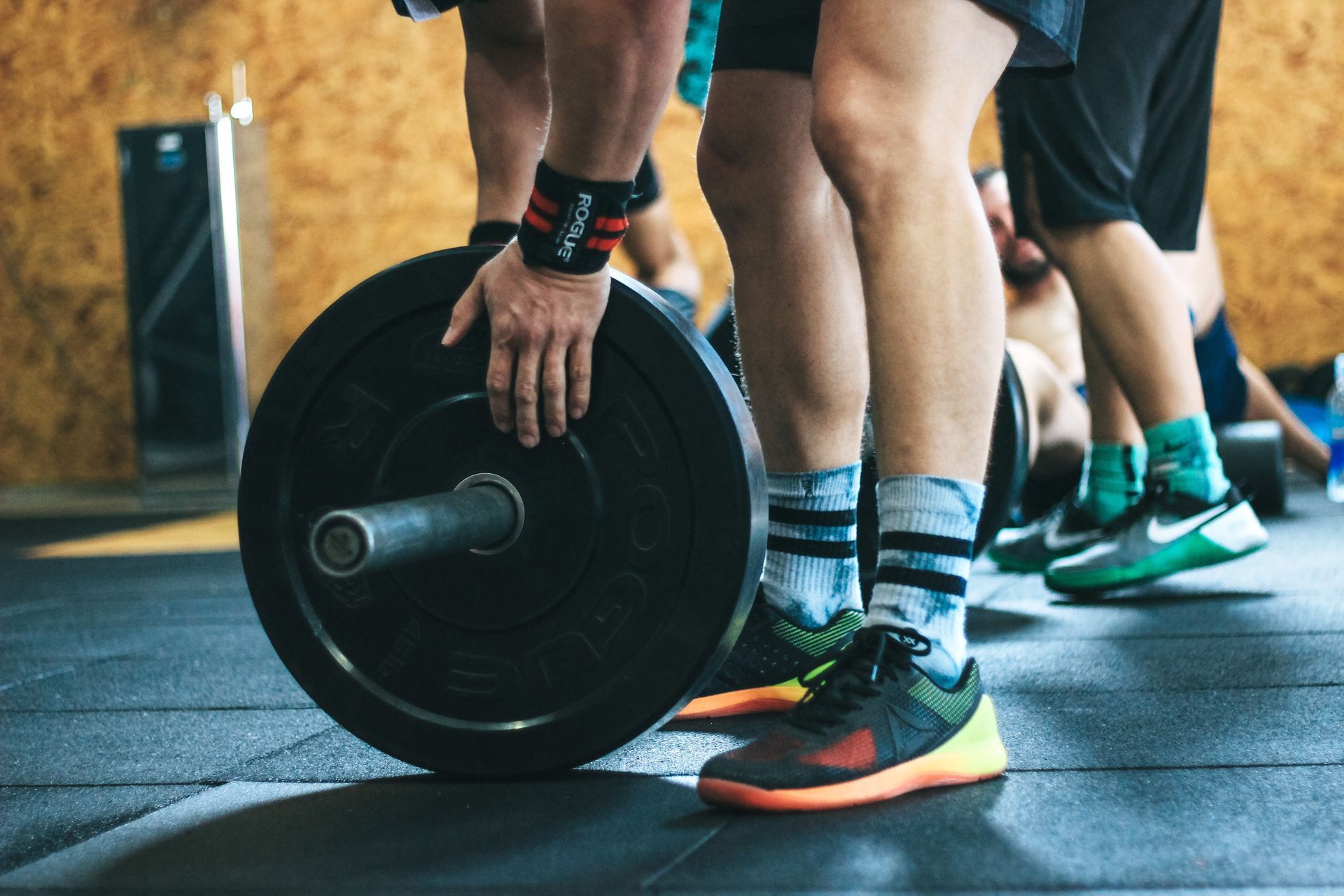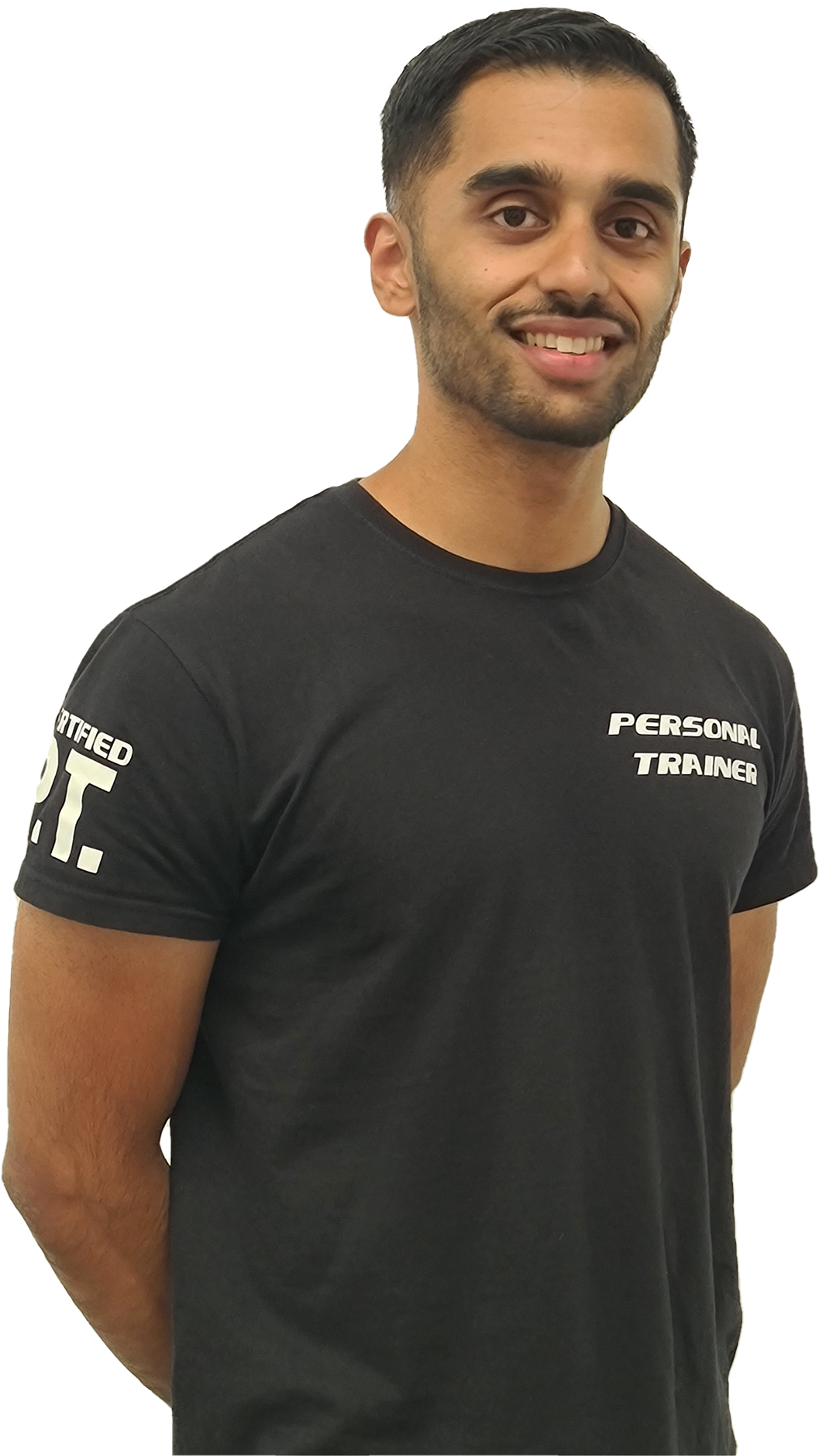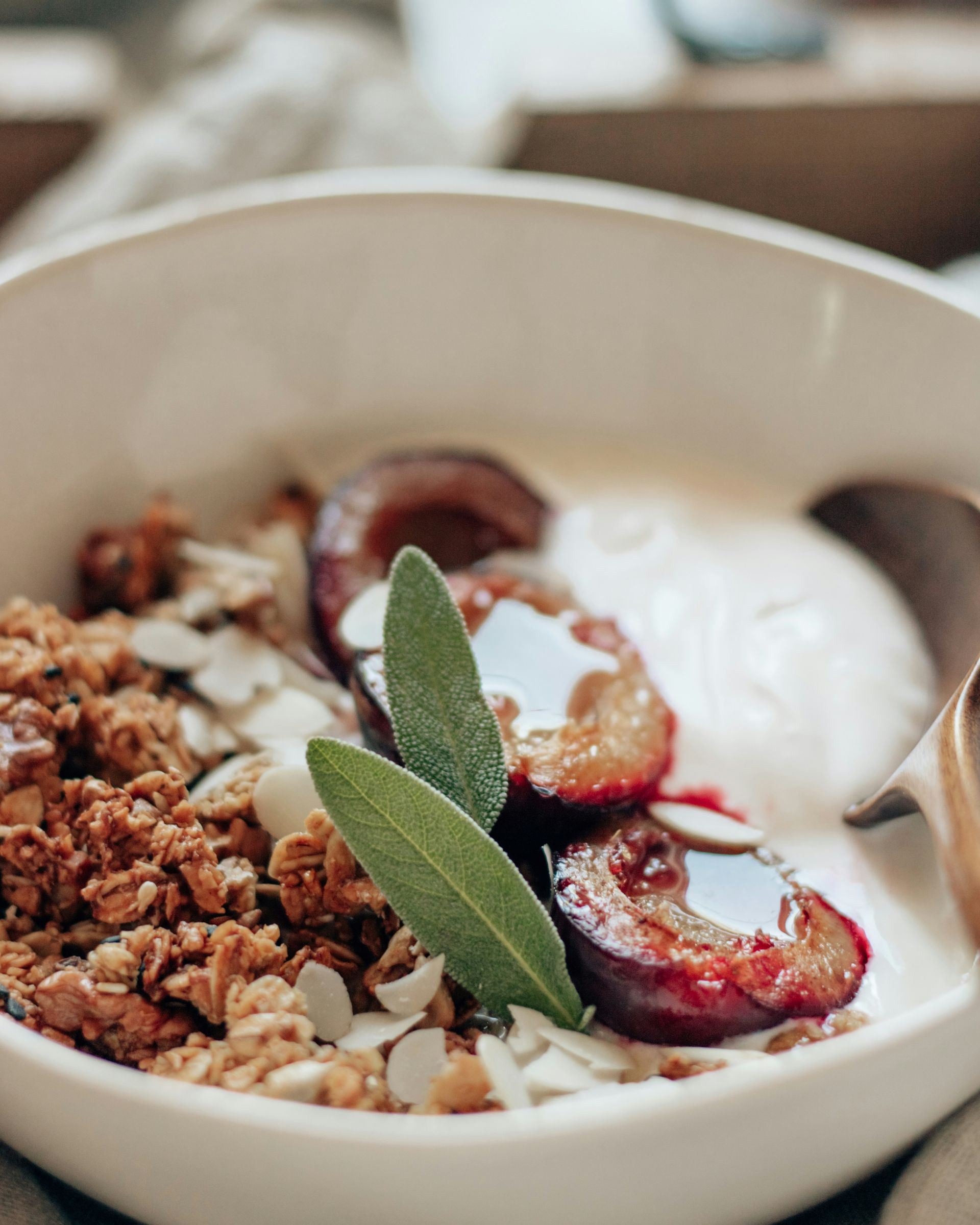
The Best Leg Exercises for Stronger Glutes, Quads, and Hamstrings
Looking to strengthen your glutes, quads, and hamstrings? Discover the best leg exercises that will help you achieve stronger lower body muscles. Learn how to perform these exercises correctly for optimal results.
When it comes to building strength and toning your lower body, focusing on your glutes, quads, and hamstrings is key. These muscle groups play a significant role in providing stability, power, and balance during various physical activities. By incorporating the best leg exercises into your workout routine, you can target and strengthen these muscles effectively.
In this comprehensive guide, we will explore a variety of leg exercises that specifically target the glutes, quads, and hamstrings. Each exercise will be explained in detail to ensure proper form and technique. Whether you're a beginner or an experienced fitness enthusiast, these exercises can help you take your lower body training to the next level.
Squats
Squats are an excellent compound exercise that engages multiple muscle groups, including the glutes, quads, and hamstrings. To perform a squat:
- Stand with your feet shoulder-width apart.
- Lower your body by bending your knees and pushing your hips back.
- Keep your chest up and back straight.
- Descend until your thighs are parallel to the ground.
- Push through your heels to return to the starting position.
Squats can be modified by using different equipment, such as dumbbells, barbells, or kettlebells. They can also be performed with variations like sumo squats or goblet squats to target specific areas of the lower body.
Lunges
Lunges are another fantastic exercise that targets the glutes, quads, and hamstrings. They also help improve balance and coordination. Here's how to do a basic lunge:
- Start by standing tall with your feet hip-width apart.
- Take a step forward with your right foot and lower your body until your right thigh is parallel to the ground.
- Keep your back straight and your core engaged.
- Push through your right heel to return to the starting position.
- Repeat the movement with your left leg.
You can make lunges more challenging by holding dumbbells in each hand or by performing walking lunges across a room or outdoor space. Or better yet, doing it on the awesome Sanddune Stepper as shown in the video below.
This is a tool that is made out of soft memory foam and mimics the surface of sand, and if you spend a lot of time on a beach you would know sand is significantly harder to do any activity on. There is a stabilization factor which causes my muscles to contract harder to maintain balance, and the bottom of the sanddune can never be met, so I can press down hard with my feet, and different parts of my feet to further engage my muscles.
Deadlifts
Deadlifts are a compound exercise that primarily targets the hamstrings, glutes, and lower back. They are highly effective for building overall lower body strength. Follow these steps to perform a conventional deadlift:
- Stand with your feet shoulder-width apart, toes slightly pointed outward.
- Bend down and grip the barbell with an overhand or mixed grip.
- Keep your back straight and shoulders pulled back.
- Engage your core and drive through your heels as you lift the barbell, extending your hips and knees.
- Keep the barbell close to your body throughout the movement.
- Lower the barbell back down by bending your hips and knees.
It's crucial to maintain proper form during deadlifts to prevent injury. If you're new to this exercise, consider seeking guidance from a qualified personal trainer.
My personal favourite deadlift variation, and exercise are flywheel deadlifts on the KBOX. The flywheel provides a different muscular contraction to traditional weight-training due to the device forcibly pulling you down with every repetition. Its proven to be an effective tool to increase your deadlift strength in the shortest time because of its ability to induce true eccentric overload.
Step-ups
Step-ups are a functional leg exercise that targets the quads, glutes, and hamstrings. You can perform step-ups using a sturdy box, bench, or step. Here's how to do them:
- Stand in front of the box with your feet hip-width apart.
- Step onto the box with your right foot, pressing through your heel.
- Bring your left foot up onto the box.
- Step back down with your right foot, followed by your left foot.
- Alternate leading with your right and left foot for each repetition.
To increase the difficulty, you can hold dumbbells in your hands while performing step-ups.
Hip Thrusts
Hip thrusts specifically target the glutes and hamstrings while also engaging the core. To perform a hip thrust:
- Sit on the ground with your upper back resting against a stable bench or box.
- Place a barbell or weight plate across your hips.
- Bend your knees and position your feet flat on the ground, hip-width apart.
- Drive through your heels, extending your hips upward until your body forms a straight line from your knees to your shoulders.
- Squeeze your glutes at the top of the movement.
- Lower your hips back down to the starting position.
Hip thrusts can be modified by using resistance bands or performing single-leg hip thrusts for increased intensity.
Frequently Asked Questions (FAQs)
1. How often should I perform leg exercises to see results?
To see noticeable results, it's recommended to perform leg exercises at least two to three times a week. However, the frequency may vary depending on your fitness level and recovery ability. Remember to allow your muscles ample time to rest and recover between workouts.
2. Can I do these leg exercises at home without any equipment?
Absolutely! Many of the leg exercises mentioned in this article can be performed without any equipment. Exercises like squats, lunges, and Bulgarian split squats can effectively target your glutes, quads, and hamstrings using just your body weight.
3. How can I prevent injury while performing leg exercises?
To prevent injuries during leg exercises, it's crucial to focus on proper form and technique. Start with lighter weights or bodyweight exercises to master the correct movement patterns. Gradually increase the intensity and weight as your strength improves. Additionally, listen to your body and avoid pushing through pain or discomfort. If you're unsure about proper form, consider consulting a fitness professional.
4. Can leg exercises help with weight loss?
Leg exercises, along with a balanced diet and overall exercise routine, can contribute to weight loss. Engaging large muscle groups like the glutes, quads, and hamstrings increases your metabolic rate, leading to more calories burned during and after your workouts. However, it's essential to combine leg exercises with cardiovascular exercise and a calorie-controlled diet for optimal weight loss results.
5. Are leg exercises suitable for all fitness levels?
Yes, leg exercises can be modified to accommodate different fitness levels. Beginners can start with bodyweight exercises and gradually progress to using weights or resistance bands. Always listen to your body and work within your capabilities. If you have any pre-existing conditions or concerns, consult with a
personal trainer such as myself.

Start Today!
Ready to transform your fitness journey? Take the first step towards achieving your goals with personal training!
My take on Health and Fitness



